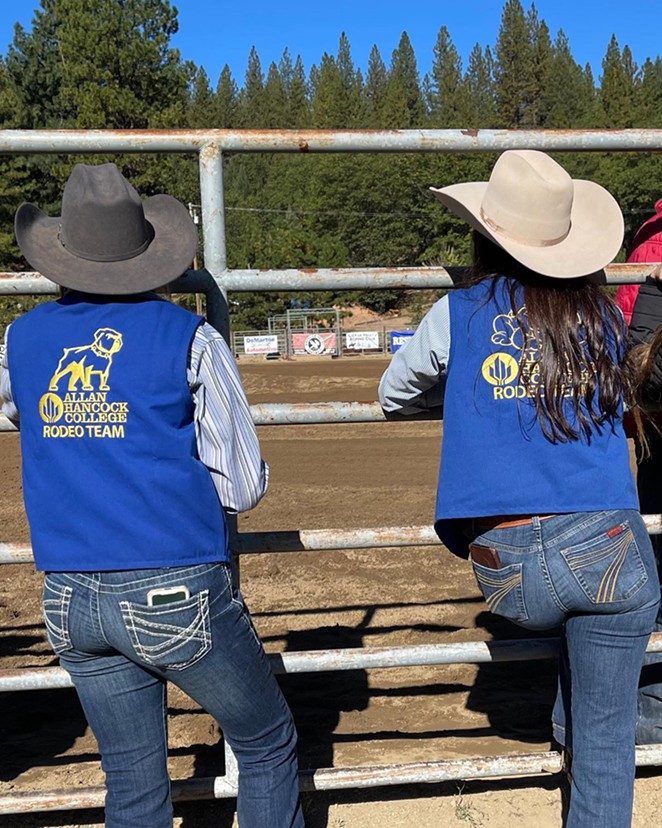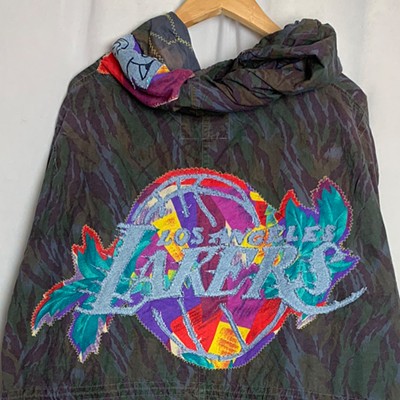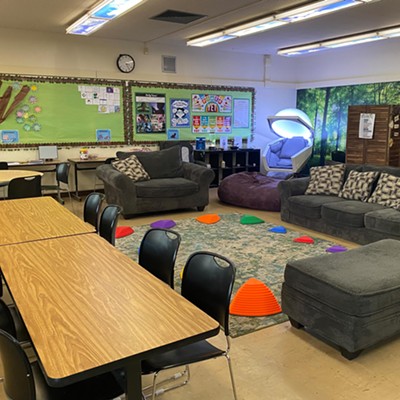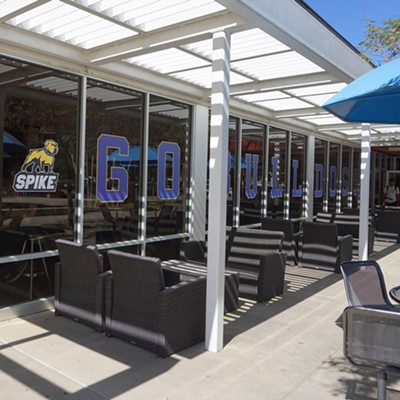Allan Hancock College didn’t have a rodeo team until 2019 when Erin Krier heard from potential students that they were going to Cuesta College instead for opportunities to compete at a collegiate level.
Krier explained that the notion of a Hancock rodeo team had come up in previous discussions with the Allan Hancock College Boosters—a nonprofit that donates funds for several of the school’s programs. A Hancock team would create competition opportunities for students who wanted to stay local to save money until they were ready to transfer to Cal Poly.

“What’s great is they can stay in this area, go to college, and still compete in collegiate rodeo,” she said. “I had several people tell me they would have done that if they had the option.”
After a few more conversations, a Hancock rodeo team was established with the National Intercollegiate Rodeo Association (NIRA), and Krier became the team’s faculty advisor, she said.
“I had the two young women, the one I started the program for and her friend were our initial team members. They were on their own; I took care of the paperwork, making sure I got their entries, and I had to send all of their grades to the national offices,” she said. “As far as competing, they would drive to different competitions in our region and that was the beginning. It was just the two of them.”
Like college level sports, rodeo teams all compete in certain regions in the state depending on the school’s location. Hancock competed in NIRA’s West Coast Region—which included Cuesta College, West Hills College, Cal Poly, Fresno State University, Feather River College, Lassen College, Bakersfield College, and the University of Nevada Las Vegas and Reno, she said.
Students compete in team roping, calf roping, steer wrestling, bull riding, bronc riding, barrel racing, goat tying, and breakaway—the female version of calf roping, except they don’t get off their horse, Krier said.
“I remember the night before our first competition, we needed a school vest to compete, and I went to a thrift store and found a ridiculous little blue vest. And I met with the women and said, ‘You will have to wear this if you are going in the arena,’” she recalled. “It was small in the beginning and we grew from there.”
Hancock took time trying to find a good coach and in 2020 hired Carla Sanchez, a professional barrel racer who helped grow the program, Krier said. Students can walk on the team with no previous experience if they want to learn, with no required fees to participate. The school covers gas and travel fees, but students have to find a place to board their horses and need to meet certain grade point averages, like other college sports, in order to qualify.
Twelve team members practiced and stored their livestock and equipment at the Santa Maria Elks rodeo grounds until coach Sanchez left in December. Now students have been commuting up to Cal Poly for practices and are left without a main coach.
“It has been a little bit of a challenge for sure. It was in the middle of the season that things changed; we did have a break in between rodeo contests to regroup. I filled in more than I had been as far as helping to ensure that we are paying attention to what they need and helping them with their questions and making sure they are connected to Cal Poly,” Krier said.
Cal Poly’s head coach, Ben Londo, allowed the Hancock students to practice with his team and ensured they are learning and continuing to improve their skills in a safe environment, she said. Hancock is hoping to have its own coach and practice space ready by next school year and continue the team’s growth to eventually host its own collegiate rodeo competition, she said.
“I’m not concerned at all; I think we have a bright future. I’m too stubborn to let anything fall out of whack,” Krier said. “I’m confident by fall we’ll have a good [coach] in place.”
Highlight
• As the cost of living on the Central Coast keeps rising, so does the number of community members experiencing homelessness—including thousands of people with pets. To ensure unsheltered pet families have access to veterinary care, local nonprofit C.A.R.E.4Paws recently partnered with the Street Dog Coalition to host regular free pet wellness clinics in Santa Barbara and San Luis Obispo counties. The clinics began on April 15. Visit care4paws.org/unhoused-pet-families to learn more about C.A.R.E.4Paws’ unsheltered pet family services. Direct questions to [email protected] or (805) 968-2273. Visit thestreetdogcoalition.org for more information about the Street Dog Coalition.
Reach Staff Writer Taylor O’Connor at [email protected].













